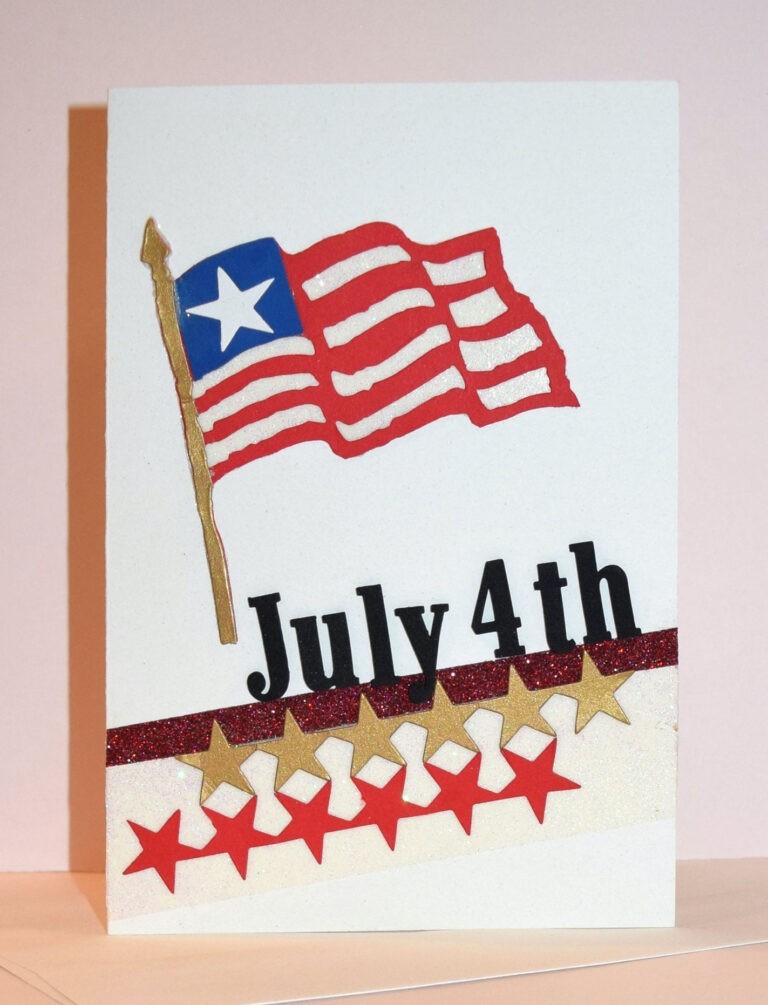The Making of Your Handwriting
Handwriting is one of the core skills taught in the formal educational system. If you had an American education, you probably learnt to write around 2nd grade. Using a pen or pencil, you drew the words of the English alphabet on paper, slowly and inconsistently at first and then overtime you acquired the speed and regularity of what is now your handwriting.
While not many of us can boast of a beautiful, free-flowing, cursive handwriting, we all have a unique handwriting that is uniquely ours. Indeed, just like our finger prints, each person’s handwriting is so unique, it can be used as a means of forensic identification, especially to verify the writer of a document.
Even identical twins who share the same appearance and genetics do not have the same handwriting. People may copy your handwriting but they would never get to write in an identical way.
Experts say our handwriting can tell a lot about us including our health and motor skills. In many cases a significant deterioration in of a person’s handwriting can be the result or symptoms of certain diseases.
In English as in many other languages, writing text moves from left to right and top to bottom. This would seem like the obvious thing to do since the overwhelming majority of people are right handed. And this way, writers can avoid smudging their work as they move across the paper.
Interestingly though, a significant number of languages are written from right to left. Chief among them are Arabic, Persian, Urdu and Greek. On the other hand, traditional Chinese, Korean and Japanese are written in vertical columns moving from top to bottom.
In addition, Chinese and many other ancient languages which use characters instead of alphabets offer even more flexibility and they can be written right to left, left to right top to bottom and even bottom to top.
Handwriting experts say the place where one grows up and the first language one learns combine to greatly influence our handwriting.
The writing surface and paper quality can also affect your handwriting. For example, the fibers of rough, low quality paper will often stick to the nib of your pen and cause blotting. Graphic artists and Calligraphers in particular must make sure to only use paper with a high Gram per Square Meter (GSM) and a high quality writing pen.
At paperpapers you can find a selection of high quality paper for writing, drawing and all kinds of paper craft. Make sure to visit our help page for a quick guide on choosing the right paper for your project.
We love when people share our articles!










